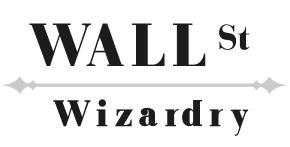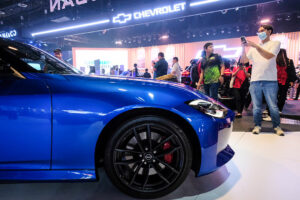By Justine Irish D. Tabile, Reporter
PHILIPPINE automotive sales grew by an annual 6.6% in August, despite a decline in passenger car sales, according to an industry report.
A joint report by the Chamber of Automotive Manufacturers of the Philippines, Inc. (CAMPI) and the Truck Manufacturers Association (TMA) showed vehicle sales rose to 39,155 units in August from 36,714 units in the same month last year.
Month on month, car sales inched down by 0.4% from the 39,331 units sold in July.
August sales were dampened by the 5.6% drop in passenger car sales to 9,529 units from 10,094 units sold a year ago.
Month on month, passenger car sales slumped by 12.76% from 10,923 units in July.
However, this was offset by the 11.3% annual jump in commercial vehicle sales to 29,626 units in August from 26,620 a year ago. Commercial vehicles accounted for 75.66% of the industry’s total sales.
Month on month, sales of commercial vehicles increased by 4.3%.
Broken down, light commercial vehicle sales went up by 3.3% year on year to 21,812 units, while sales of Asian utility vehicles (AUV) surged by 53.5% to 6,829 units.
Sales of medium trucks slid by 4.9% to 312, while sales of heavy trucks fell by 64.8% to 45. Light-duty truck and bus sales went up by 5.2% to 628 units.
For the first eight months, vehicle sales went up by 10.3% to 304,765 units from 276,215 units a year ago, CAMPI-TMA data showed.
Passenger car sales jumped by 14% to 80,327 units in the January-to-August period, while commercial vehicle sales increased by 9.1% to 224,438 units.
Rizal Commercial Banking Corp. Chief Economist Michael L. Ricafort said new vehicle launches and improving employment data are driving the growth of car sales in recent months.
“Newer models, more brands, more electric and hybrid vehicles [launches], favorable demographics, and improving employment data in recent months are still driving the demand for vehicles,” Mr. Ricafort said in a Viber message.
“[This was] reflected in the double-digit growth in consumer loans, particularly auto loans, defying relatively higher interest rates,” he added.
A preliminary report from the Bangko Sentral ng Pilipinas showed that consumer loans to residents grew by 24.3% to P1.42 trillion as of end-July, with motor vehicle loans going up by 19.9% to P424.93 billion.
“For the coming months, lower Federal Reserve and local policy rates could increase demand for auto loans and also vehicle purchases,” Mr. Ricafort said.
In August, the Bangko Sentral ng Pilipinas (BSP) cut policy rates for the first time in nearly four years. The benchmark rate was trimmed by 25 basis points to 6.25%, from the nearly 17-year high of 6.5%.
Toby Allan C. Arce, head of sales trading at Globalinks Securities and Stocks, Inc., said the auto industry’s sales were driven by commercial vehicles.
“These vehicles cater more to businesses, logistics, and transport needs, reflecting a shift towards utility and functionality, possibly in response to increased demand for delivery services, logistics support, or business expansions in the post-pandemic era,” said Mr. Arce via Viber.
“The passenger car segment saw a notable drop in August. However, the continued strong performance in the commercial sector more than offset this decline, suggesting that businesses, rather than individuals, are leading the market’s recovery,” he added.
In the first eight months, Toyota Motor Philippines Corp. remained the market leader with sales of 140,654 units, up by 10.9% from 126,795 units a year ago. Toyota sales accounted for 46.15% of the industry’s total.
Mitsubishi Motors Philippines Corp. ranked second with a market share of 19.2%. Mitsubishi sales jumped by 16% to 58,513 units in the first eight months.
In third spot was Ford Motor Co. Phils., Inc. which saw sales drop by 3.8% to 18,961 units. This accounted for 6.22% of the industry.
Rounding out the top five were Nissan Philippines, Inc., whose sales went up by 2.2% to 18,270, while Suzuki Phils., Inc. posted an 11.7% rise in sales to 13,206 units.
Last month, CAMPI raised its sales target to 500,000, from 468,300 initially. If realized, this will be the industry’s highest annual sales to date and will represent a 16.3% increase from last year’s 429,807 units sold.

